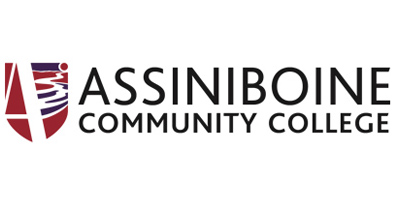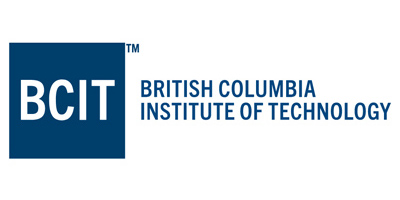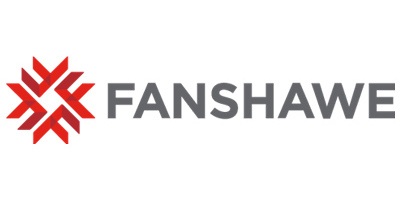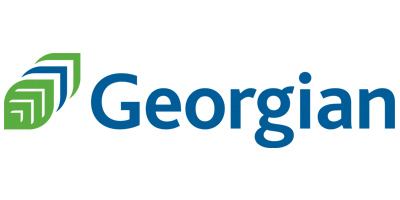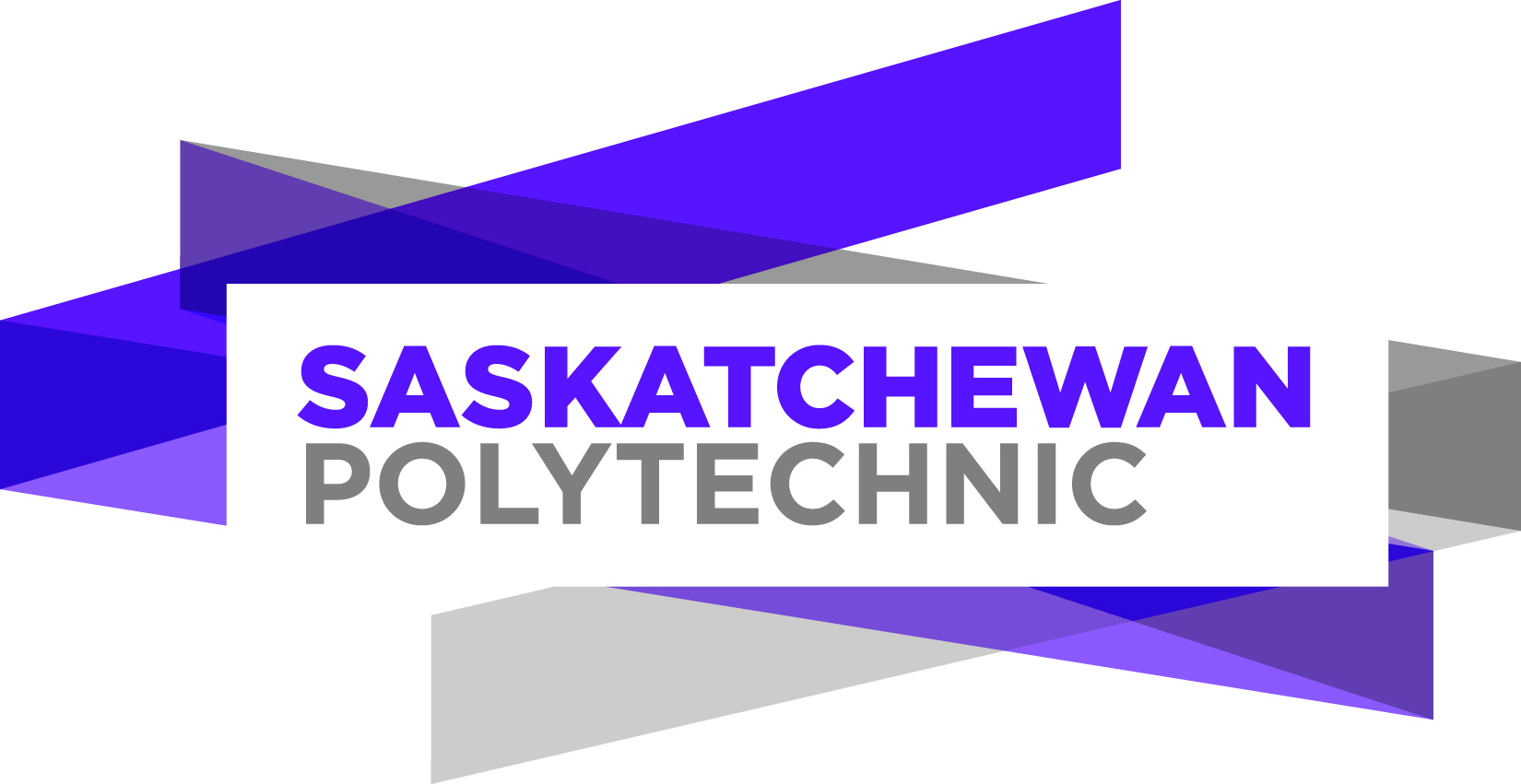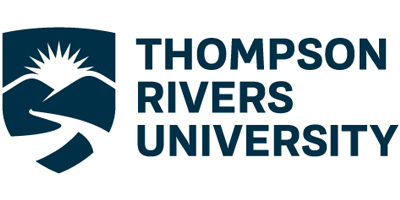Inclusive worksites promote a sense of value and belonging for apprentices, leading to increased recruitment and retention success, as well as improved overall productivity.
Everyone is entitled to the same rights, no matter what their background or orientation is. Employment equity is one of the areas covered by the Canadian Human Rights Commission.
The What Works Toolkit is an online resource, designed for the 50-30 Challenge, for Canadian organizations looking to adopt equity and diversity initiatives within their organizations as well as anti-racism, anti-harassment, and inclusive workplace strategies.
Definitions
People from different backgrounds bring various experiences, which, when supported, can add huge value to an organization. Let’s define and clarify some key terms with definitions and examples found at the following links:
Equity-deserving groups
Equity-deserving groups, also known as underrepresented groups, refer to those who have historically faced systemic barriers and discrimination based on various characteristics such as race, ethnicity, gender, sexual orientation, disability, or socio-economic status. These groups often experience unequal access to opportunities and rights.
Indigenous people
Indigenous people, in Canada, refers to people who identify as First Nations, Inuit or Métis; these are the original peoples of this land who were here before the arrival of settlers. This term is the preferred term internationally. Learn more about programs for Indigenous apprentices.
Racialized people
Racialized people are often referred to as ”visible minorities,” which includes non-Caucasians. It is important to note that race is a social construct, but this term acknowledges systemic barriers and oppression that this group may face.
People with disabilities
People with disabilities refer to persons who have a long-term or recurring physical, mental, sensory, psychiatric, or learning impairment. It is important to recognize that some disabilities are non-visible, and others can be episodic. Learn more about programs for apprentices with disabilities.
Newcomers and immigrants
Newcomers and immigrants migrated to or sought refuge in Canada and often face language, cultural integration and legal status barriers.
Women
Women often face gender-based discrimination and inequality. Learn more in this best practice guidance document for advancing women in skilled trades.
2SLGBTQI+
The experiences in the workplace for 2SLGBTQI+ individuals can be complex and multifaceted due to the intersectionality of various social identities and characteristics.
Learn more about 2SLGBTQI+ terminology.
Embracing Equity in the Workplace
Embracing equity in the workplace is important for fostering a fair and inclusive work environment where every employee has equal opportunities to succeed, regardless of their background or characteristics. There are several aspects to consider when embracing equity in the workplace:
Additional Resources
Resources for employers to support diversity and inclusion in their workplace.
The Guide on Equity, Diversity and Inclusion Terminology – A comprehensive toolset and resources to foster empathy, curiosity, and conversations with others in the workplace to promote equity, diversity, and inclusion.
Canadian Charter of Rights and Freedoms – The Government of Canada’s overview of the charter of rights and freedoms and how it can be applied in the workplace.
Diversity, Equity & Inclusivity – Programs and resources that support equal opportunities for all youth through accessible and inclusive programs in the skilled trades.
EDI Spectrum Assessment – A self-diagnostic toolkit to help your organization self-assess where it lands on the equity, diversity, and inclusion spectrum. A great tool to track your organizations progress and next steps!
Employment Equity Groups – The Government of Canada’s comprehensive list of the four designated groups under the Employment Equity Act, including women, aboriginal peoples, persons with disabilities, and members of visible minorities.
How Do Women in Male-dominated Apprenticeships Fare in the Labour Market – A detailed analysis of why increasing women’s participation in male dominated skilled trades has improved skilled workforce, diversity, and women’s wages. Analysis includes relevant data of the labour markets, apprenticeship trends, education, and hiring rates.
Using Balance to Build – Supporting Gender Diversity in NL Construction Trades – Strategies and blueprints for employers to develop diversity cultures in the workplace to foster an inclusive and accepting community. Suggested tools and resources to create a respectful workforce and remove barriers.


